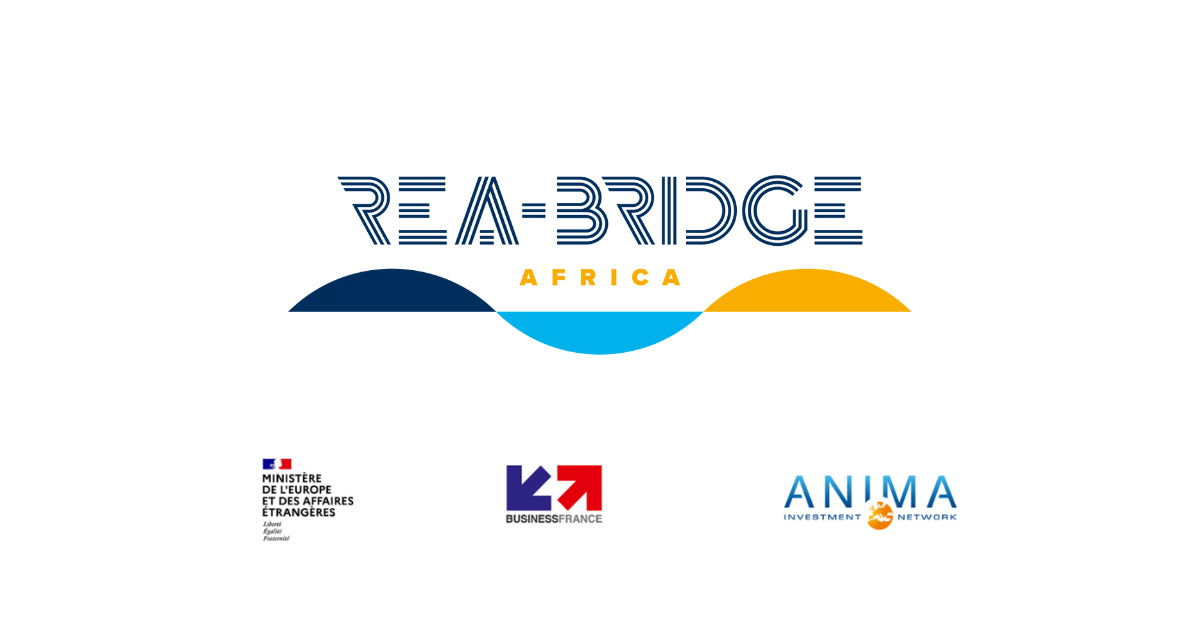Social innovation can be seen as opening up the innovation process by involving more and more diverse actors. Citizen science can be described as a similar endeavour: Both innovation and research need to become more relevant and impactful, and one way to achieve this is by increasing participation between actors. In the past, this usually meant involving more users, most often companies. Recently, other stakeholders have received more attention such as NGOs, local authorities and individual citizens. One way to improve participation is by conducting research together with citizens, through citizen science. By involving citizens in the research process, researchers can co-create knowledge and solutions that are more responsive to the needs of society. Citizen science can also enhance understanding of local contexts, mobilise diverse perspectives and expertise and promote more transparent and accountable research practices.
Citizen science (CS) commonly refers to conducting science together with citizens; but there is still a broad spectrum of how citizens can actually contribute to the scientific process. The traditional scientific process includes several phases: formulating research questions, conceptualising research methods, collecting data, analysing data, and finally, drawing conclusions and/or recommendations, followed by disseminating the results – be it among scientific audiences at conferences, in scientific publications or to other audiences (e.g., the general public, interested local communities or project stakeholders). Citizens can be involved in some or all of these steps. Historically, many CS projects from the natural sciences focused on involving citizens in the data collection. Citizens would count insect species, or collect, determine and categorise plastic. Or, as in a well-known international project, put tea bags somewhere in the soil and then send it to be analysed in a lab to learn about the decomposition rate of different soils.
Differences in research without citizen involvement
All types of research have their challenges, but research involving citizens comes with its own unique set of challenges. These can be exemplified by the following aspects:
- CS projects only work if a sufficient number of citizens actively participate. This requires the recruitment of citizens to participate generally through social media or “on the ground” contact through local events and the distribution of leaflets or other promotional materials. To ensure engagement with citizen science, projects have to be geared towards high-interest topics for target groups, such as students, community groups and pensioners, who tend to have more free time and are often the most enthusiastic participants.
- Participants may have high expectations for the impact of their projects and their contributions to them. But if it is their first time working “scientifically”, they might have no experience with how long it actually takes to apply scientific methods with the necessary scrutiny, to come to results and to disseminate them. Often, the projects change considerably after first contact with citizens, e.g., in terms of the research questions, methods to be applied or ways considered for dissemination. As such, citizen science is a process of continuous negotiation between project participants and a balancing act between scientific necessities and citizens’ readiness and motivation to follow up. All of these factors can be difficult to organise in the context of project funding.
- CS projects need to adhere to the same scientific quality standards as other research projects, but need to employ additional means to guarantee that these are met. Quality control can be ensured by providing citizens with initial training, analysis of collected data sets by different groups as well as supplying participants with ongoing training and workshops. In CS projects, there is also another level of quality to be considered: the one from the perspective of participants. Namely, when it comes to the quality of processes, their involvement or project outputs that are important to them – which, more often than not, are not the direct scientific outputs.
Citizen Science – Hype or benefit?
There is a very active international citizen science community that elaborated 10 common principles of citizen science in 2016, touching upon questions around the involvement of citizens, project outcomes, quality control, but also topics like evaluation or open access policies. There was also reflection on the further development of citizen science such as how to best involve citizens in other research phases: Should they take part in the generation of research questions or in the analysis of data? How can a greater number and a more diverse variety of people be involved in CS projects? How can citizen science uptake in the humanities or the social sciences be increased? Or, how to ensure a better balance between the interests of citizens and researchers within CS projects, e.g., by involving NGOs not only to mobilise citizens, and thus enable data collection, but also as a partner on equal footing.
We reflect on many of the questions raised above in our process evaluation of the citizen science activities of the German Federal Ministry of Education and Research (BMBF). The BMBF has been funding citizen science related activities since 2013. Our evaluation covers two main areas: (i) an ex-post evaluation of past activities and finished CS projects, assessing the achievement of objectives, impacts and efficiency and (ii) an accompanying evaluation of those citizen science projects funded by the BMBF, which will start in early 2021 along their entire duration, analysing the quality of implementation and room for improvement, achievement of objectives, impact and efficiency. The project stands out from other evaluation projects because we are also accompanying and coaching the funded projects in their own self-evaluations.
While we are still in the middle of the five-year project, some aspects are already clear: One reason that Technopolis Group has been commissioned is that at the moment, systematic evidence – especially on the impact of CS projects – is mostly lacking. Within academia, there remains a lot of scepticism on citizen science approaches, mostly due to biases in data collection and data quality, because participation often means that well-educated citizens with higher income are participating who already are familiar with research and research processes or due to the impression that citizens are exploited for research.
On the other hand, we see that there are CS projects that manage to engage with thousands or more citizens and involve them in scientifically valuable research. There have also been some promising, yet preliminary, results at project level, showing that citizens learn a lot from participating in research, both thematically on the research topics as well as structurally, i.e., how research is conducted. And within BMBF funding activities, projects both from science and from the humanities are often conducted in consortia involving scientific partners and NGOs, or are led by NGOs to make sure that citizens benefit as well from their participation. By continuing to improve, citizen science and its community have the potential to further increase the relevance, impact and inclusiveness of research and the research system and, by doing so, can further promote social innovation within research.




